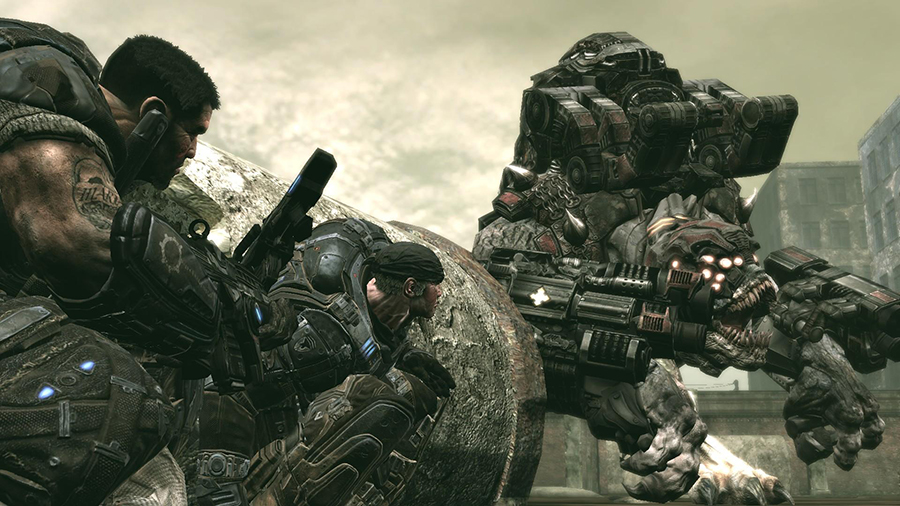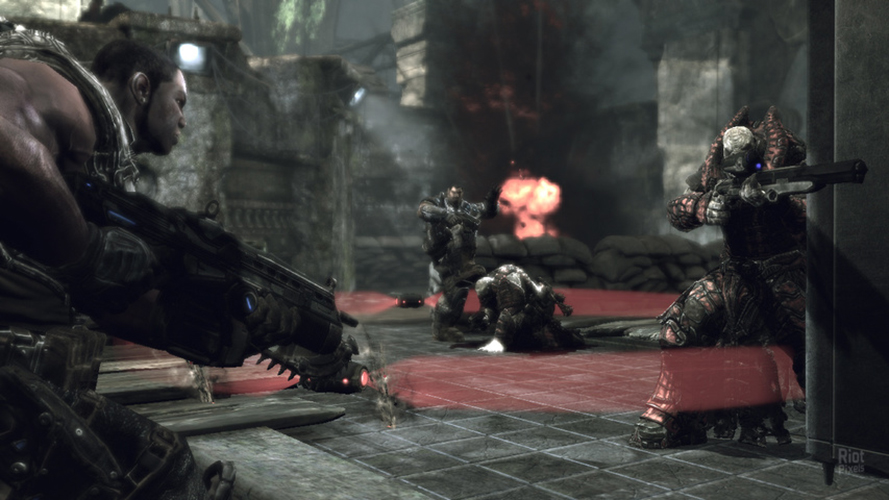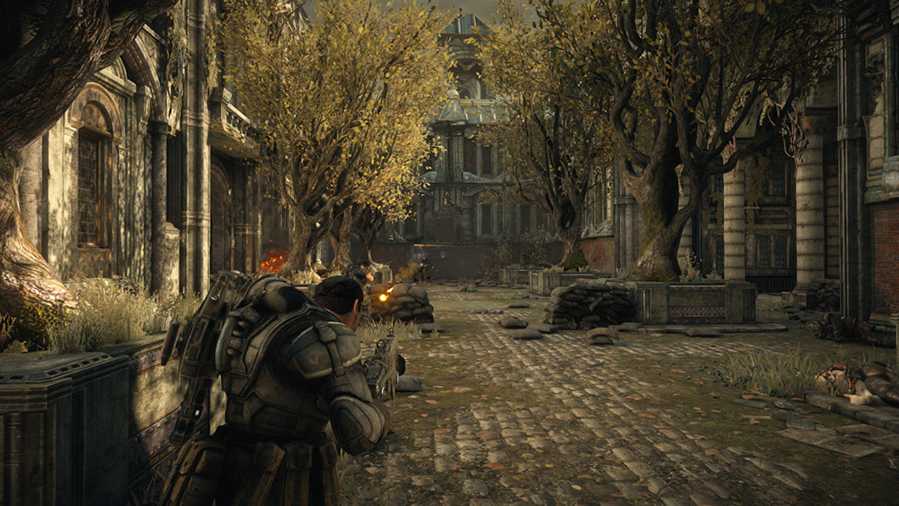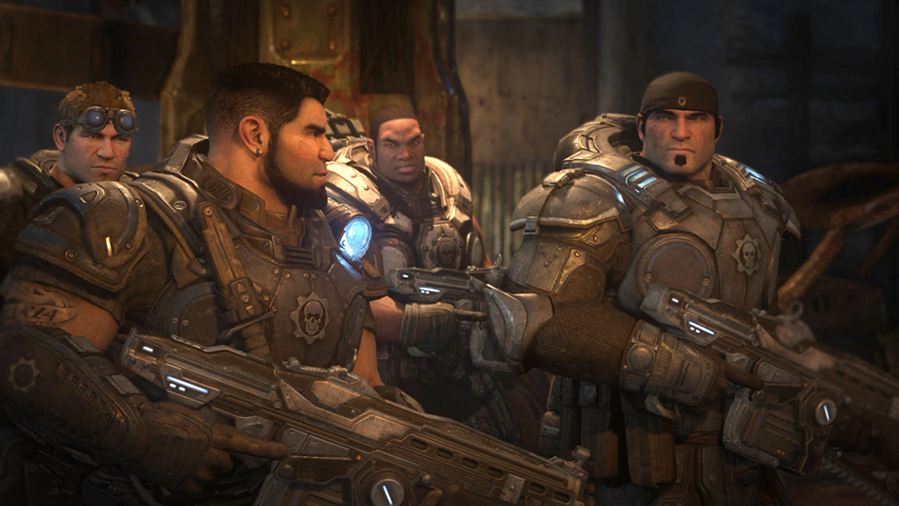Introduction
In the gaming industry’s vibrant landscape, certain titles leave a memorable mark on the medium. One such game, released in 2006, was “Gears of War.” Developed by Epic Games and published by Microsoft Game Studios, this third-person shooter revolutionized the genre and set new standards for both gameplay and visual standpoint. Its gripping plot, intense action sequences, and innovative multiplayer modes captivated players around the world, earning it the prestigious title of Game of the Year in 2006.
The Plot

“Gears of War” introduced players to the post-apocalyptic world of Sera, where humanity fought a desperate battle against an alien menace known as the Locust Horde. The game followed the story of Marcus Fenix, a hardened soldier and Delta Squad leader who embarks on a perilous mission to save humanity from extinction.
As players navigated through war-torn cities and underground tunnels, they discovered disturbing truths about the Locust Horde and the mysterious energy source that drives them. The game’s narrative unfolded through immersive cutscenes and intense in-game dialogue, with notable characters like Dom Santiago, Augustus Cole, and Anya Stroud adding depth to the story.
Gameplay and Innovation

“Gears of War” revolutionized the third-person shooter genre with its groundbreaking cover-based mechanics, which allowed players to strategically maneuver and take cover in a dynamic and destructible environment. The game emphasized teamwork and coordination, as players could engage in cooperative gameplay with friends or tackle the campaign solo.
The game’s arsenal of weapons, including the iconic Lancer assault rifle with a chainsaw bayonet, offered a visceral and satisfying combat experience. Intense firefights, adrenaline-pumping set-pieces, and epic boss battles became trademarks of the “Gears of War” franchise, providing players with hours of heart-pounding action.
Multiplayer Modes and Lasting Impact

“Gears of War” excelled in its single-player campaign and offered an engaging multiplayer experience. The game introduced the innovative “Horde” mode, where teams of players fought against waves of increasingly challenging enemies. This cooperative mode became immensely popular and laid the foundation for similar modes in future games.
Moreover, the game’s competitive multiplayer allowed players to test their skills against others in intense online matches. With a robust progression system and a wide variety of game modes, “Gears of War” fostered a vibrant and dedicated online community, extending the game’s lifespan long after its initial release.
Net Revenue and Critical Acclaim

Upon its release, “Gears of War” achieved both critical acclaim and commercial success. It became one of the best-selling games on the Xbox 360, with over 5 million copies sold worldwide in its first year alone. The game’s exciting narrative, innovative gameplay, and stunning visuals earned it numerous acknowledgments, including the coveted Game of the Year award at the 2006 Game Developers Choice Awards.
The success of “Gears of War” spawned a franchise that has continued to captivate players over the years. It led to the development of several sequels, spin-offs, and expanded media, solidifying its place as a gaming icon and one of the most influential titles of its time.
Conclusion
“Gears of War” emerged as a defining game of 2006, pushing the boundaries of the third-person shooter genre and setting new standards for immersive storytelling and gameplay. Its gripping plot, intense action sequences, and innovative multiplayer modes captivated players around the world, earning it the well-deserved title of Game of the Year. As we look back on the gaming landscape of 2006, it’s clear that “Gears of War” left an indelible mark on the gaming industry.







